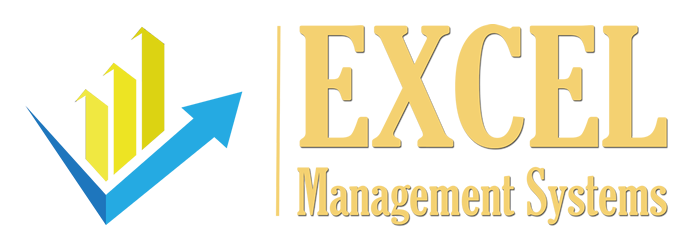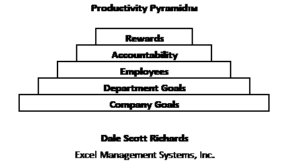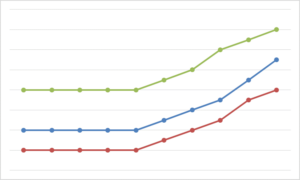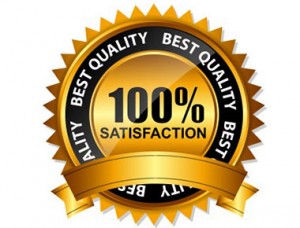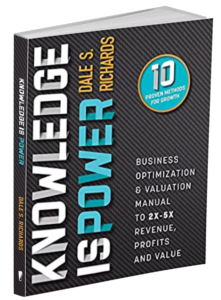Goals, Coaching, Accountability & Rewards, Productivity Pyramid ®
What are typical company goals? Today, almost all companies will say:
- Increase Revenue and
- Increase Net Income
These two goals are universally mentioned as the typical company goals.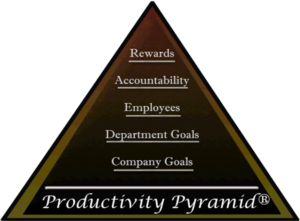
Businesses have to start thinking outside of the box. What other goals could a company have? How are you going to get those things that matter the most back? Here are some ideas:
- Customer Satisfaction
- Employee Engagement
- Employee Satisfaction
- Safety
- Quality
- On-time Delivery
- Increase Market Share
- Understand Competition
- Innovation
- Proactive Customer Service
- Culture
- Systems & Processes
Is it true that you could assign each of the above goals to a department? Yes, and specific goals require the goal setting rule of the 3-W’s: WHAT, WHO and WHEN.
We have now built the first two levels of the Productivity PyramidTM
Please list the characteristics of a good coach or mentor? Some ideas include:
* Inspiring * Vision
* Active Listener * Patience
* Knowledgeable * Coordinate Skills
* Motivate * Teach Skills
* Immediate Feedback * Build Confidence
* Trust * Good Communicator
Executives typically use” top down” communication instead of bottom up coaching and listening. Good coaches engage the participant to bring forth ideas and ways to improve their position activities and skills. In a bottom up coaching sessions skills are discussed and trained. An effective coach use the above traits to create a winning atmosphere and team culture that will produce superior results.
The next level of the pyramid is with the EMPLOYEE.
A supervisor/manager/executive should brainstorm with each employee for ideas on how to improve their job, effectiveness and productivity, rather than a top down mandate for performance improvement. If an employee is engaged in the process, the probability of success goes up significantly.
For Example: Let’s brainstorm together on how can we lower company costs? If I was with you or a group of executives, we could come up with 6-10 ideas in a matter of minutes. List below some ways that you think a company could lower costs.
Some typical answers may include:
- Increase productivity
- Decrease waste
- Improve processes
- Reduce overtime
- Improve safety
- Optimize quality
- Lower head count
- Improve vendors & prices
- Increase efficiency
- Increase effectiveness (results)
Can you agree that for each of the above ideas for potential cost savings we could gather a team/department to focus on that particular topic? Yes. The three Ws of goals need to be determined for each idea.
WHAT – WHO – WHEN
Each of the above topics could be part of the Productivity PyramidTM first three levels: Company Goals, Department Goals and Employee Goals.
Each executive, director, manager and supervisor should brainstorm with each direct report on three to six specific goals for their area. One additional goal should be a personal goal. For instance: read books, cook, exercise, weight loss or any personal goal.
Why do we want to bridge the gap between work and personal life? An employee is only at work for 1/3 of the day. Personal life situations can impact productivity significantly.
A CEO of an Employee Assistance Program (EAP) reported that 20%-25% of all people are having some life issue right now. That means many employees are currently struggling with a life issue. Life issues could include: financial problems, sick child, sick parents, divorce, close relative untimely death, abuse, etc. If the workplace can help employees cope with these life difficulties the productivity will increase.
What is the productivity change for an annual employee review system? As a five-year Vistage Chair we have had several speakers that indicate that an annual review has zero or negative impact on employee productivity.
What I would like you to think about is a personal monthly COACHING session with your director reports where the above techniques are used to improve their work situation. If monthly coaching sessions are held, how easy do you think it would be to hold an employee accountable? Much easier than an annual review. Thus the fourth pyramid level is ACCOUNTABILITY.
The final fifth level of the Productivity PyramidTM is REWARDS. There should be rewards for performance. At all levels. Profit sharing, bonuses and specific milestone accomplish can trigger a reward. The important parts of rewards system are:
A. Quantifiable
B. Timely
C. Performance based
D. Fair
E. All participate commensurate to their responsibilities and achievements.
A full discussion of rewards is for another article.
The full Productivity PyramidTM then looks like this:
The author has experienced productivity improvements of 20% to 200%!!! with the Productivity PyramidTM methodology.
There are four Productivity Indexes that can track the productivity of your company. They include:
Productivity Indexes:
- Revenue/Full Time Employee (REV/FTE)
- Gross Margin (GM/FTE)
- Contribution Margin (CM/FTE)
- Net Income (NI/FTE)
Graph this data monthly. Go back one to two years and graph this history with the ongoing month-by-month data. In about 3-6 months from the Productivity PyramidTM implementation the productivity indexes should go up as illustrated in the graphic below.
PRODUCTIVITY INDEXES EXAMPLE GRAPH
________________
ABOUT DALE S. RICHARDS:
Dale S. Richards specializes in management, marketing, operation optimization & business valuation consulting and is a 30+ year turnaround expert. He has implemented success concepts into results in 150+ companies. Dale is a Certified Valuation Analyst (CVA) with NACVA, Eight-Year Vistage Chair & International Speaker.
